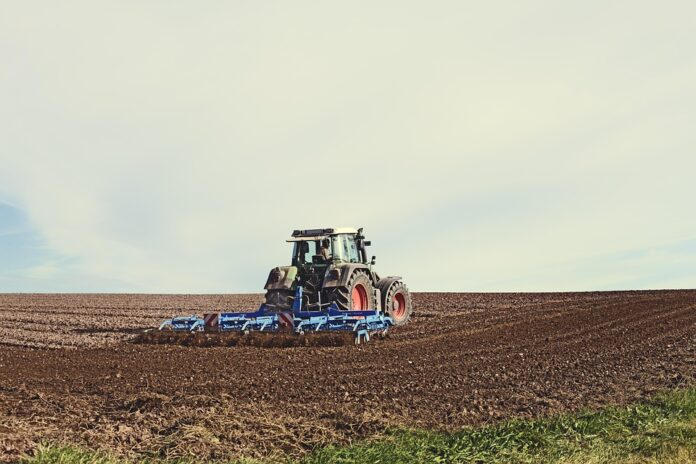Introduction
Farm equipment plays a crucial role in the success of agricultural operations. To ensure the longevity and efficiency of farm equipment, it is essential to implement proper maintenance and repair strategies. This report will outline key practices that farmers can adopt to maximize the lifespan of their machinery while minimizing downtime and costly repairs.
Regular Maintenance Practices
1. Routine Inspections
Regular inspections are essential to identify any potential issues before they escalate into major problems. Farmers should inspect their equipment regularly for signs of wear and tear, loose bolts, leaks, and other issues that may impact performance. By catching problems early, farmers can prevent costly repairs and downtime.
2. Fluid Checks and Changes
Fluids such as oil, coolant, and hydraulic fluid are crucial for the proper functioning of farm equipment. Farmers should regularly check fluid levels and quality, and change them according to the manufacturer’s recommendations. Clean fluids help prevent overheating and reduce friction, extending the lifespan of the equipment.
3. Lubrication
Proper lubrication is key to reducing friction and wear on moving parts. Farmers should follow the manufacturer’s guidelines for lubricating different components of their equipment. Overlooking lubrication can lead to premature failure of parts and costly repairs.
4. Cleaning and Storage
Keeping farm equipment clean and storing it properly can go a long way in prolonging its lifespan. Dirt and debris can cause corrosion and damage components over time. Farmers should clean their equipment after each use and store it in a dry, sheltered area to protect it from the elements.
Repair Strategies
1. Addressing Issues Promptly
When issues arise, it is crucial to address them promptly to prevent further damage. Ignoring small problems can lead to more extensive damage and costly repairs down the line. Farmers should have a plan in place for addressing repairs quickly and efficiently.
2. Using Genuine Parts
When replacing parts on farm equipment, it is important to use genuine parts from the manufacturer. Generic or aftermarket parts may not fit properly or meet the same quality standards, leading to decreased performance and potential breakdowns. Investing in quality parts can help prolong the lifespan of farm equipment.
3. Regular Maintenance Records
Keeping detailed records of maintenance and repairs can help farmers track the history of their equipment and identify any recurring issues. This information can also be valuable when selling or trading in equipment, as it demonstrates proper care and maintenance.
Financial Impact
Proper maintenance and repair strategies can have a significant financial impact on farm operations. By investing time and resources in preventive maintenance, farmers can avoid costly repairs and downtime. According to a study by the American Society of Agricultural and Biological Engineers, proper maintenance practices can result in a 25% reduction in equipment repair costs.
Industry Insights
The agricultural equipment industry is constantly evolving, with manufacturers introducing new technologies and features to improve efficiency and performance. According to a report by Market Research Future, the global agricultural equipment market is projected to reach $279.2 billion by 2027, driven by the increasing adoption of precision farming practices and the need for sustainable agriculture solutions.
Conclusion
In conclusion, implementing essential maintenance and repair strategies is critical for ensuring the longevity and efficiency of farm equipment. By following regular maintenance practices, addressing repairs promptly, and using genuine parts, farmers can maximize the lifespan of their machinery and reduce overall operating costs. Investing in proper maintenance not only prolongs the lifespan of equipment but also contributes to the overall success of agricultural operations.




